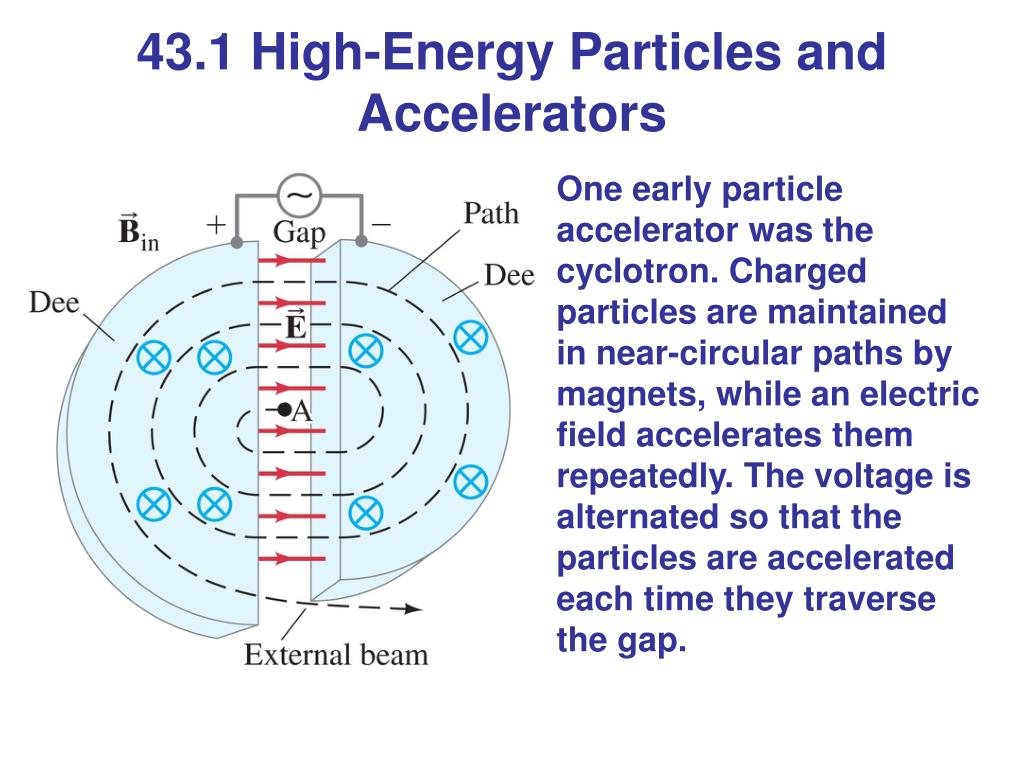Reference




OpenAI's Answer
In particle accelerators, electric fields play a crucial role in increasing the kinetic energy of charged particles. The relationship between electric fields and particle kinetic energy can be summarized as follows:
-
Acceleration by Electric Fields: Electric fields impart kinetic energy to charged particles. This is often achieved by establishing a potential difference between electrodes, known as accelerating structures or cavities. When a charged particle moves through an electric field, it gains kinetic energy proportional to the electric potential difference it experiences.
-
Equation of Motion: The change in kinetic energy of a particle is determined by the work done by the electric field. For example, the kinetic energy ( T ) of a particle is increased as it is accelerated across the electric field according to the integral of the electric field along the particle's path.
-
Relativistic Speeds: As particles are accelerated to high speeds in an accelerator, especially close to the speed of light, they reach relativistic speeds. The relationship between energy and velocity becomes non-linear due to relativistic effects, but electric fields still serve as the primary force to increase kinetic energy.
The design of different types of accelerators varies, but they all utilize electric fields to achieve the desired increase in particle kinetic energy.
For more detailed insights, you can refer to resources like MIT's documentation on Electrostatic Accelerators and Fermilab's Particle Acceleration guide.
Follow Up
Related
What is the significance of the acceleration voltage in particle accelerators?
How is the transit time factor related to the effective acceleration voltage?
Are there vocational and technical schools available in Nanshan District?
What were the reasons for the accelerated retirement of the 4000-series cars?